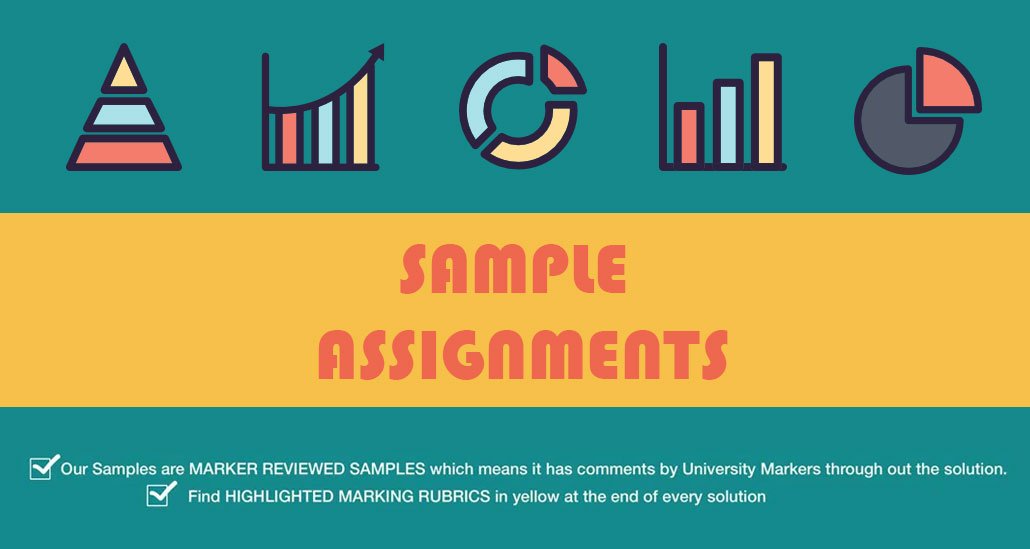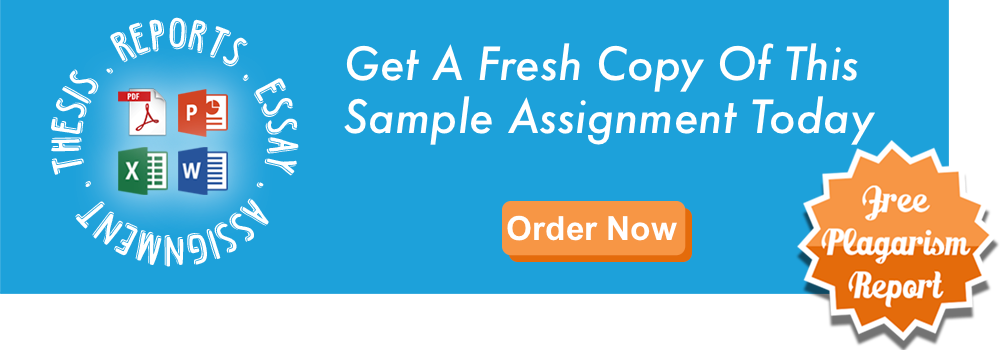You can download the sample Management essay on Global Strategy Management with the following question for free at the end of this page. For further assistance in Management Assignment help, please check our offerings in Management assignment solutions. Our subject-matter experts provide online assignment help to Management students from across the world and deliver plagiarism free solution with free Turnitin report with every solution.
(AssignmentEssayHelp does not recommend anyone to use this sample as their own work.)
Question
Question One:(10 POINTS)
More and more travelers are going to OTAs (online travel agents) to research and potentially to book flights. When you log into an OTA (such as Expedia) you are asked about your departure and return dates and the cities you intend to travel between. You are shown the time options, routes and prices for several airlines on one screen.
Evaluate the following statement:
'OTAs contribute to a big increase in the amount of buyer power the airline industry faces. This increase in buyer power tied to OTAs is a big factor in airline economics. '
Question Two (10 POINTS)
It is the year 2098. The most profitable soft drink on the planet Earth is Buzz Cola. (It long ago supplanted Coca Cola as the world’s favorite drink.) You have acquired the exclusive franchise to bottle and distribute Buzz Cola on the planet Mars, where there is a large thriving colony of humans. The Buzz brand name is distinctively superior and inimitable. Use the resource-based view of the firm to argue that your acquisition either will or will not lead to a sustained competitive advantage in the Martian market.
Question Three: Interpreting Ratios (15 POINTS)
Firm A has a ratio of costs to sales of 68%.
Firm B has a ratio of costs to sales of 60%.
Both firms sell wheelchairs.
Evaluate the conjecture that firm B has a cost advantage.
Question Four: Firm Boundaries (vertical integration) (3O POINTS)
Long haul trucking companies are entities that develop relationships with customers (those who need goods transported over long distances – 200 or more miles). The trucking companies need access to trucks in order to provide service to their customers. Trucking companies either own a fleet of trucks or they develop relationships with independents – these are typically individuals who own a truck.
When a company manages its own fleet, its main concerns are:
⮚ Making sure the trucks are in good condition and that care is taken by the driver who uses the truck (s/he doesn't 'beat the truck into the ground' with aggressive and careless handling). The longer the life of the truck, the higher is the trucking company's returns.
⮚ Coordinating the fleet so that capacity is generally available in markets in which trucking services are most demanded – that is, the truck company would like to be in the right place (or places) at the right time. For example, the dispatcher at the trucking company may coordinate routes to provide the most flexibility to serve additional customers who may arise on short notice. The more utilized is the truck, the higher is the company's returns.
EACH OF THE PARTS BELOW CAN BE ANSWERED IN 1-3 KEY POINTS IN BULLET FORM OR SIMPLE SENTENCES.
Question A: Whose trucks would you believe are in better condition on average – those that belong to the trucking company or those that belong to an independent owner/operator and why? Please give at least one example to illustrate your point(s). [Up to 150 words]
Question B: Is coordination easier for companies that own the trucks they deploy or for companies that contract with independent operators and why? [Up to 150 words]
Question C: What would be the characteristics or situation of a trucking company that should primarily own its trucks? [Up to 150 words]
Questions D: What would be the characteristics of a trucking company that should primarily contract with independent truck owner/operators? [Up to 150 words]
NEW INFORMATION: On board trip computers were developed by the early 1990's. A trucking company dispatcher could centrally monitor the speed, location, and many other vital statistics of the truck and the driver (for example, the company could continually conduct breathalyzer tests[1]) wherever in the country that truck was as long as it was equipped with an on board trip computer.
Question E: After the invention and deployment of on board trip computers, does it make more sense or less sense for the trucking company to own the fleet? [Up to 150 words]
Question Five: Idiosyncratic Value (35 POINTS)
Read the Article on Google, Uber and Mr. Levandowski (you are also free to do online research) – here are a few points to keep in mind:
- Google, Uber, Tesla, Toyota, and others have ambition to own valuable IP relevant to autonomous vehicles.
- Possible that specific individuals are more productive, creative, or capable of making progress in this area.
- Mr. Levandowski is referred to as 'one of the most gifted artificial intelligence engineers in the Valley, and a pioneer of autonomous vehicles.' FT 10/25/17).
I believe that Google should consider the following questions before it invests in Mr. Levandowski's division at Google. Give your opinion or judgment of the answers to these questions based on the article and your online research:
- Is Google's alternative to Mr. Levandowski worse than Mr. Levandowski's alternative to Google?
- Does Google face an idiosyncratic value issue?
- Should the firm's investors not like this project?
• 'Intrapreneurship' or 'moonshots' refer to startups within the confines of established firms. Waymo is an example of entrepreneurship. What criteria should a firm (like Google use) to decide which projects to pursue and which to avoid?
Solution
The current report discusses several scenarios and gives an insight about the perception regarding the mentioned case studies. In the first case scenario, online travel agents help the airline industry to attain high power. Most of the customers tend to buy online tickets and review their hotels thereby increasing the purchasing sale rate of the airline companies. In the second case scenario, the Buzz Cola firm argued that the company would attain high suitability and productivity by selling their cola in Martian market by the year 2098. This Buzz Cola cannot be imitated and therefore, this would help the firm to attain a high competitive advantage in the Martian market.
The third case scenario discusses the cost advantage of firm B as compared to firm A in selling wheelchairs. The firm B has a higher cost advantage of about 60% by selling a lower number of products as compared to firm A that received 68% profit against a large number of wheelchairs. In the fourth case study, a detailed analysis of trucking companies in managing own fleet and establishing a relationship with other truck owners have been discussed along with their advantages and disadvantages. Finally, the last case scenario reveals around Mr. Levandowski, who started start up business along with his tenure with Google and this sparked a conflict of interest with the company.
For complete solution please download from the link below
(Some parts of the solution has been blurred due to privacy protection policy)
Check all our academic help services










